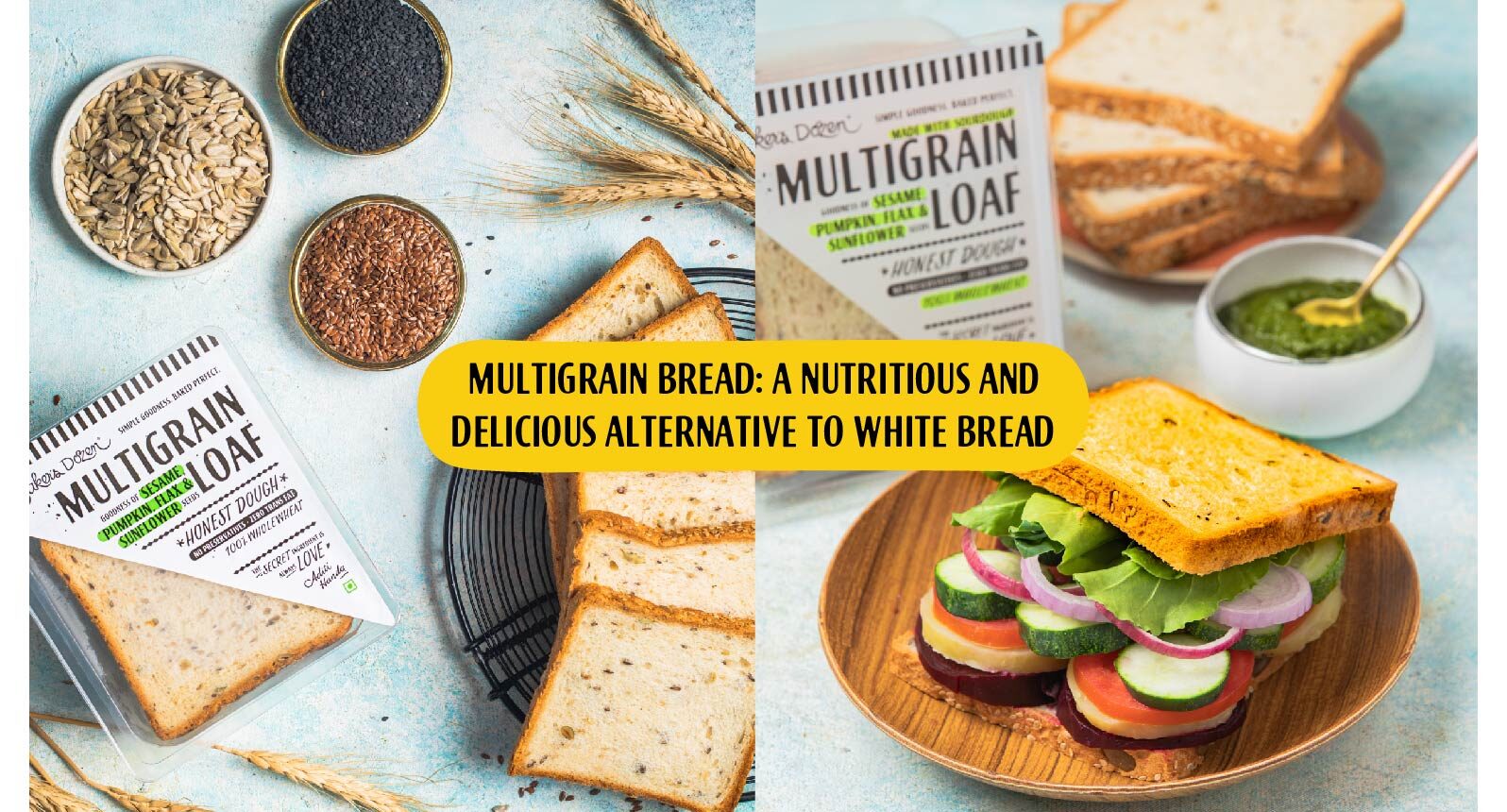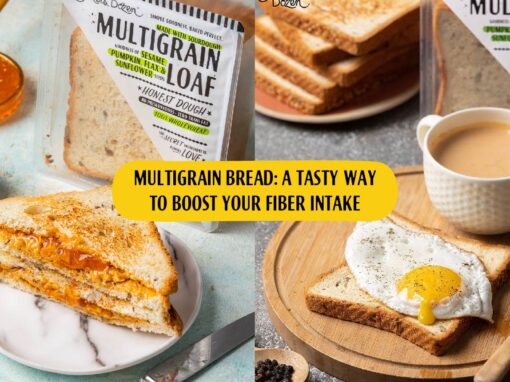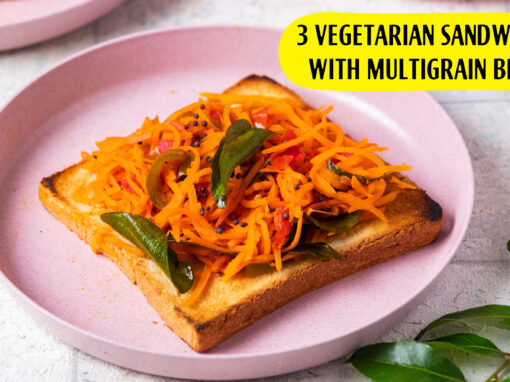Multigrain bread and white bread differ significantly in terms of their nutritional content and health benefits.
Multigrain bread is made from a variety of grains, such as wheat, barley, oats, and rye. These grains are usually whole grains, meaning they contain the bran and germ, which are rich in fiber, vitamins, and minerals. Multigrain bread is therefore high in fiber and essential nutrients, including B vitamins and minerals like iron and magnesium.
White bread, on the other hand, is made from refined wheat flour, which means that the bran and germ have been removed. This process removes most of the fiber and nutrients, leaving white bread low in nutritional value.
In addition to being higher in fiber and essential nutrients, multigrain bread also has a lower glycemic index than white bread. This means that it is digested more slowly, leading to a slower rise in blood sugar levels.
Overall, incorporating multigrain bread into your diet can be a delicious and nutritious way to add essential nutrients and fiber to your meals due to its higher nutritional content, lower glycemic index, and potential health benefits, such as reducing the risk of chronic diseases like heart disease, diabetes, and certain types of cancer.
However, it’s important to choose varieties that are labeled “100% whole grain” or “100% whole wheat” to ensure that you’re getting the most fiber and nutrients, The Baker’s Dozen Multigrain bread is the best option with the added benefits of seeds like Pumpkin seeds, Sunflower seeds, Flax seeds and Sesame seeds as you’re also getting the good fatty acids from the oil seeds too.
Multigrain bread can be used in a variety of ways, from making sandwiches to serving as a side with soups and stews. It can also be toasted and topped with nut butter, avocado, or hummus for a quick and nutritious snack.
0




